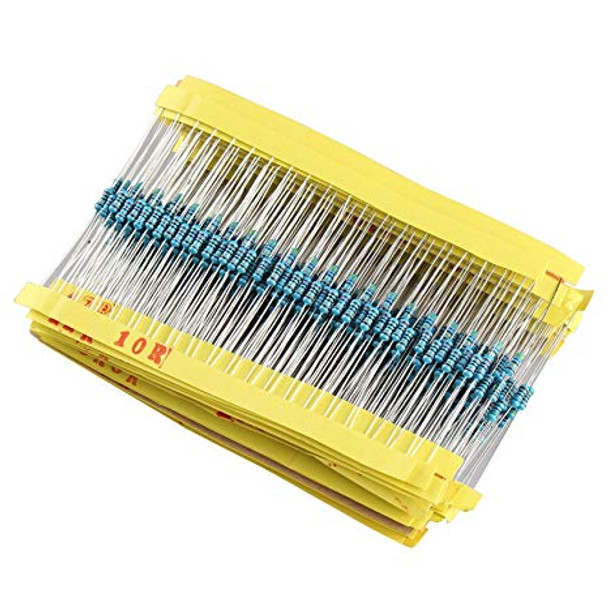 Out of Stock
Out of Stock
Resistor 1Ω-120MΩ OHM - 1/4W 5%
Delivered Sat, May 10
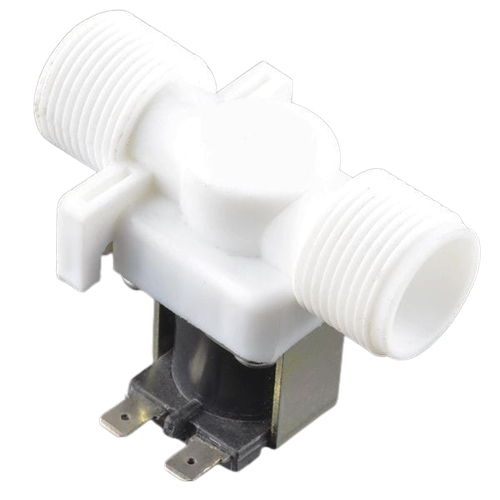
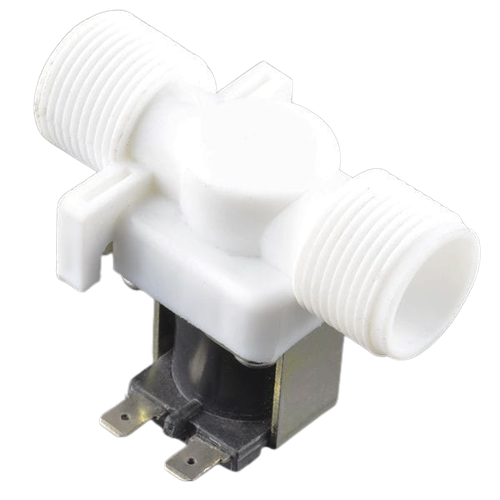
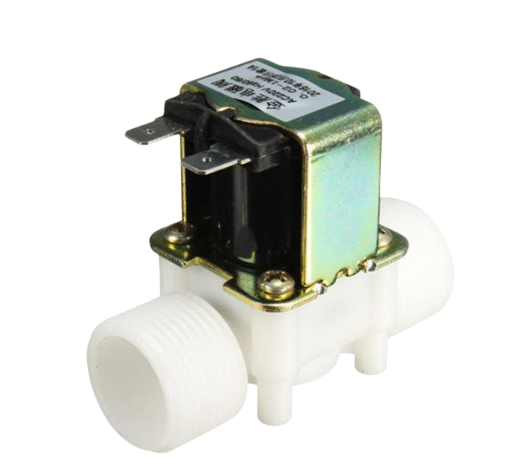



Expected Delivery: Saturday, May 10
A 12V solenoid valve is an electromechanical valve that is designed to control the flow of a fluid, such as water or gas, using an electric current. It is called a solenoid valve because it uses a solenoid, which is an electromagnetic coil, to actuate a plunger that opens or closes the valve.
The ... 12V in the name refers to the voltage required to operate the solenoid valve. In general, solenoid valves are available in a range of voltages, and the appropriate voltage will depend on the specific application.
A 12V solenoid valve can be used in a variety of applications, such as controlling the flow of water in irrigation systems, controlling the flow of fuel in automotive applications, or controlling the flow of air in pneumatic systems. They are commonly used in both industrial and consumer applications due to their reliability and ease of use.
1. Voltage: 12V DC is the operating voltage of the solenoid valve. It may have a tolerance range of +/- 10% or +/- 20%, depending on the model.
2. Current: The current required to operate the solenoid valve is typically listed in amps or milliamps (mA). The current draw can vary depending on the size and type of valve. For example, a small 12V solenoid valve for a water application might have a current draw of around 200mA, while a larger valve for a more demanding application might require up to several amps.
3. Pressure rating: The pressure that the valve can handle is an important criteria. The pressure rating is typically measured in pounds per square inch (PSI) or bar, and it indicates the maximum pressure that the valve can handle without leaking or failing.
4. Flow rate: The flow rate of the valve is the amount of fluid that can pass through the valve per unit of time. It is typically measured in gallons per minute (GPM) or liters per minute (LPM). The flow rate can vary depending on the size and type of valve.
5. Valve type: There are different types of solenoid valves, such as 2-way, 3-way, and 4-way valves. The valve type indicates the number of ports and the number of positions the valve can be in.
6. Material: The material of the valve body and the seal can vary depending on the application. For example, a valve used in a corrosive environment might have a body made of stainless steel or PVC, while a valve used in a
 Out of Stock
Out of Stock
Delivered Sat, May 10
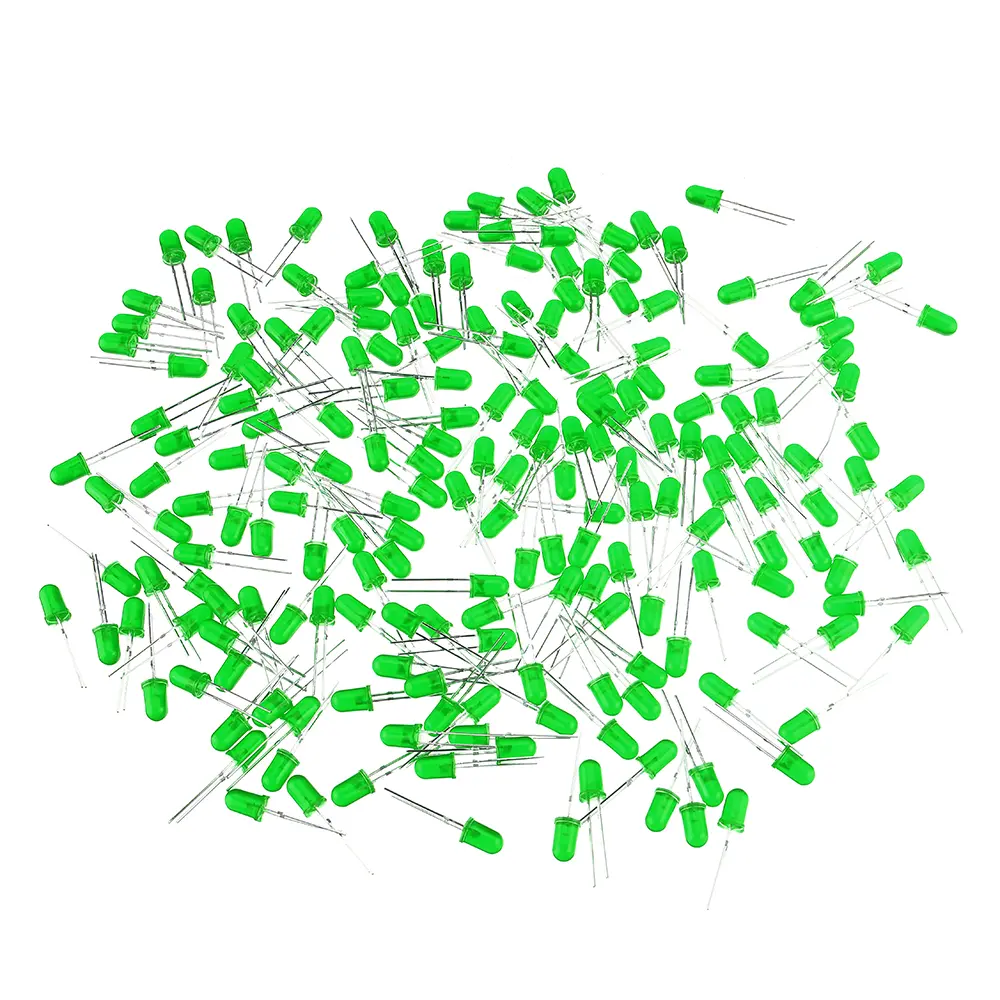 Out of Stock
Out of Stock
Delivered Sat, May 10
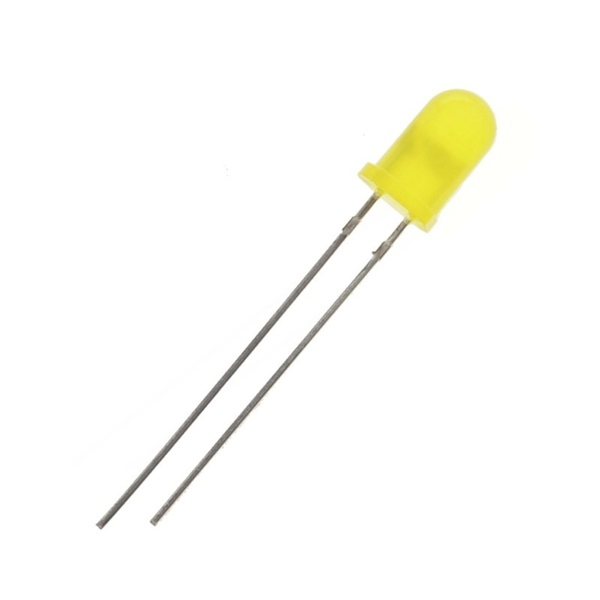 Out of Stock
Out of Stock
Delivered Sat, May 10
 In Stock
In Stock
Delivered Sat, May 10
 In Stock
In Stock
Delivered Sat, May 10
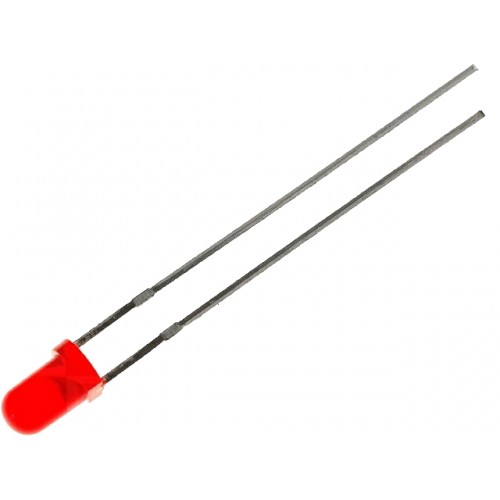 Out of Stock
Out of Stock
Delivered Sat, May 10
 In Stock
In Stock
Delivered Sat, May 10
 In Stock
In Stock
Delivered Sat, May 10
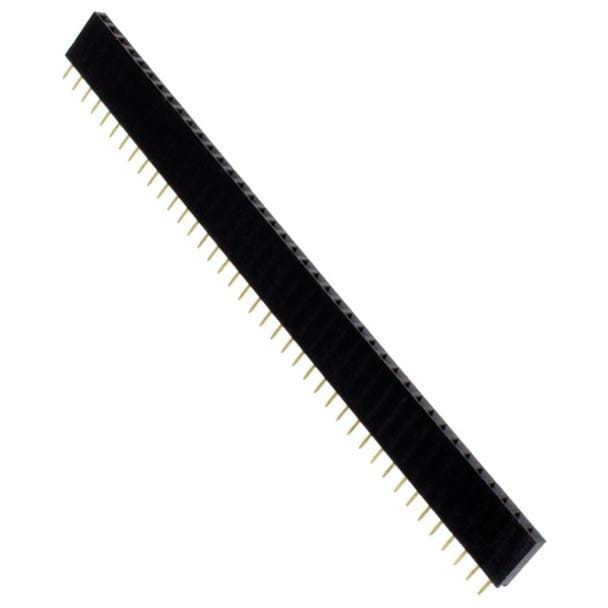 In Stock
In Stock
Delivered Sat, May 10
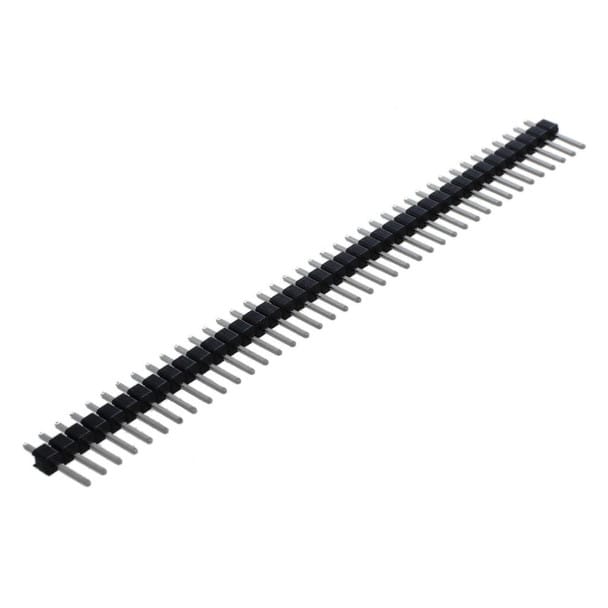 Out of Stock
Out of Stock
Delivered Sat, May 10
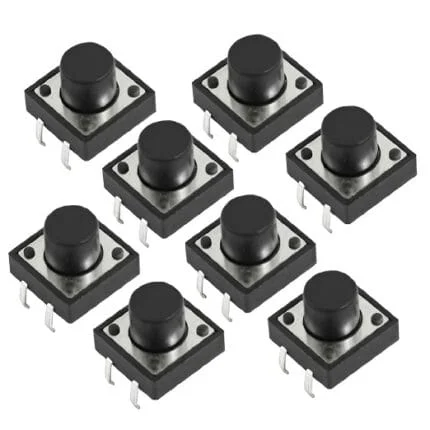 Out of Stock
Out of Stock
Delivered Sat, May 10
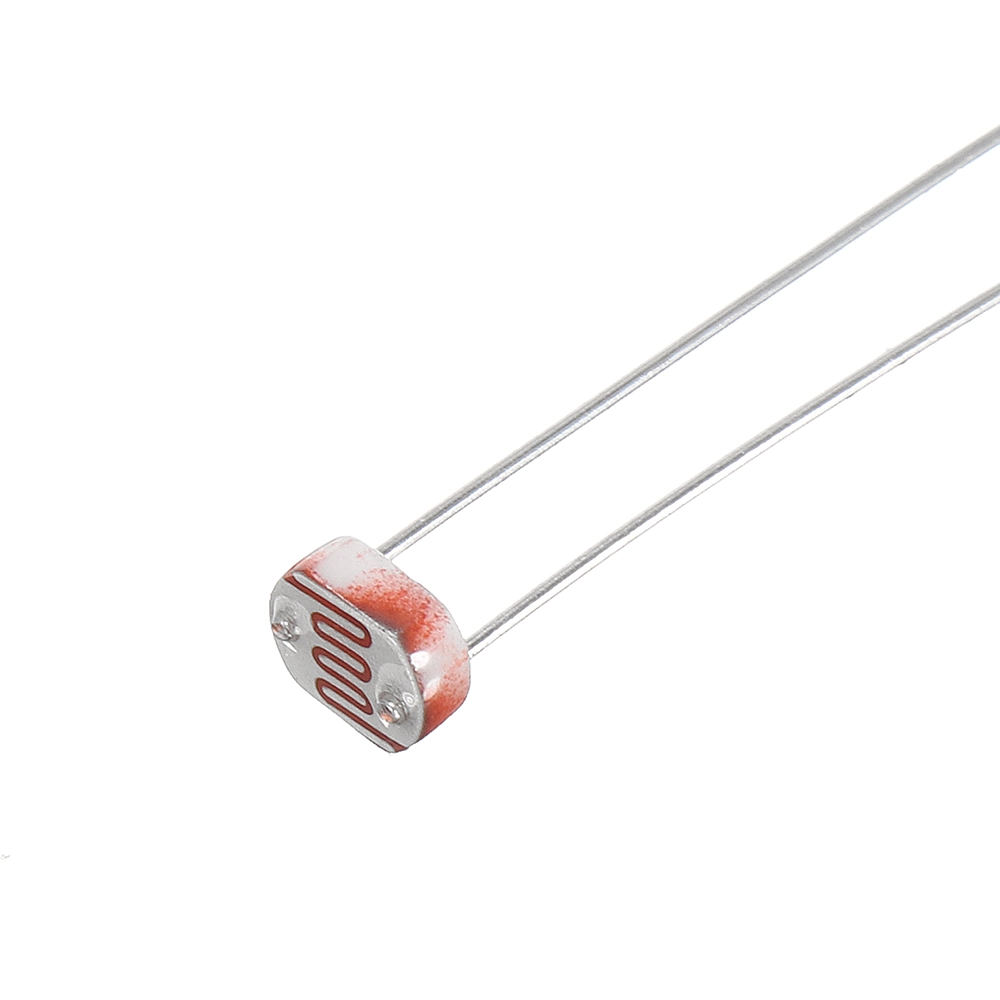 Out of Stock
Out of Stock
Delivered Sat, May 10
 In Stock
In Stock
Delivered Sat, May 10
 Out of Stock
Out of Stock
Delivered Sat, May 10
 Out of Stock
Out of Stock
Delivered Sat, May 10
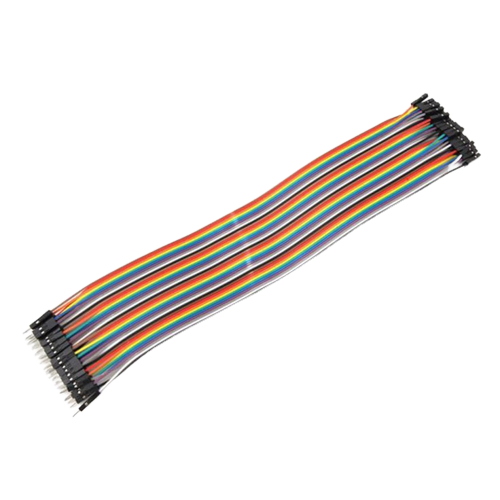 In Stock
In Stock
Delivered Sat, May 10
 In Stock
In Stock
Delivered Sat, May 10
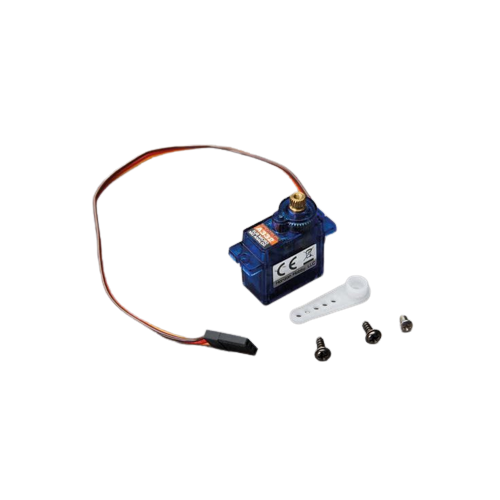 In Stock
In Stock
Delivered Sat, May 10
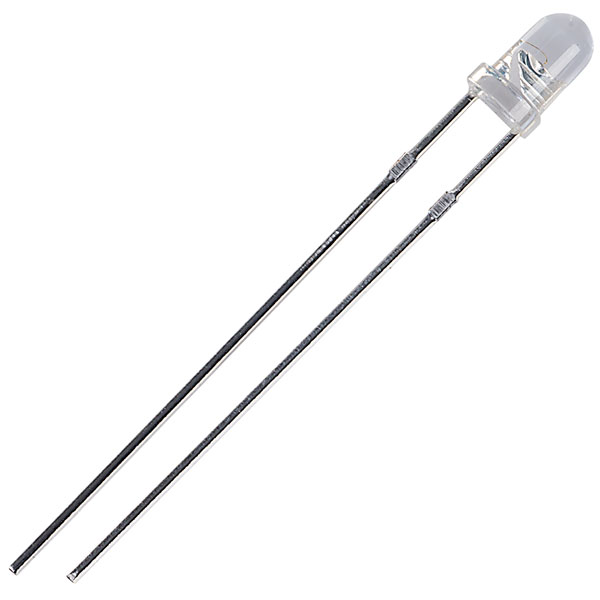 In Stock
In Stock
Delivered Sat, May 10
 In Stock
In Stock
Delivered Sat, May 10